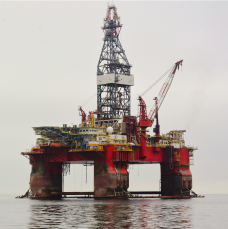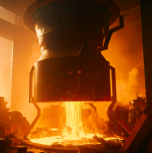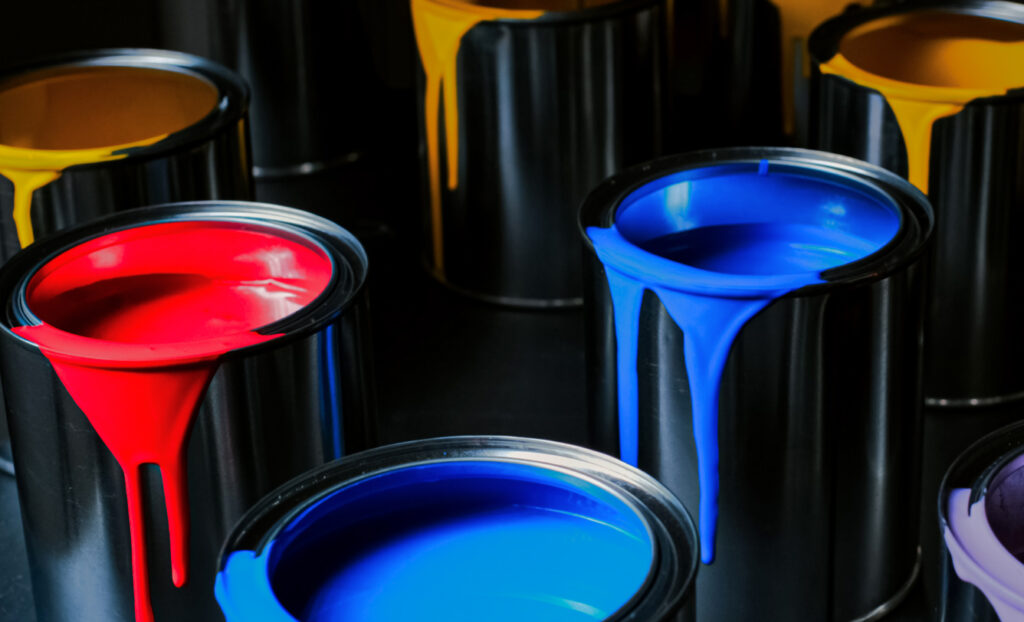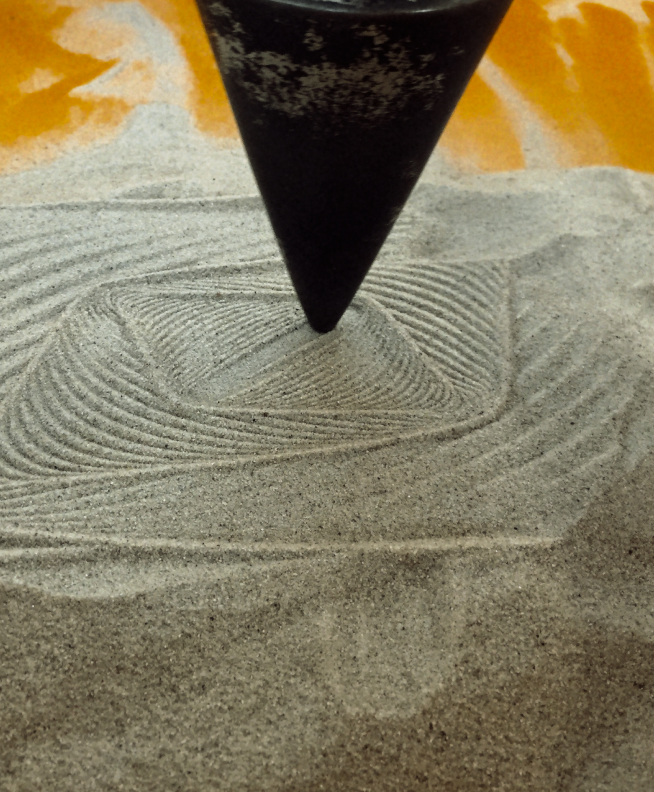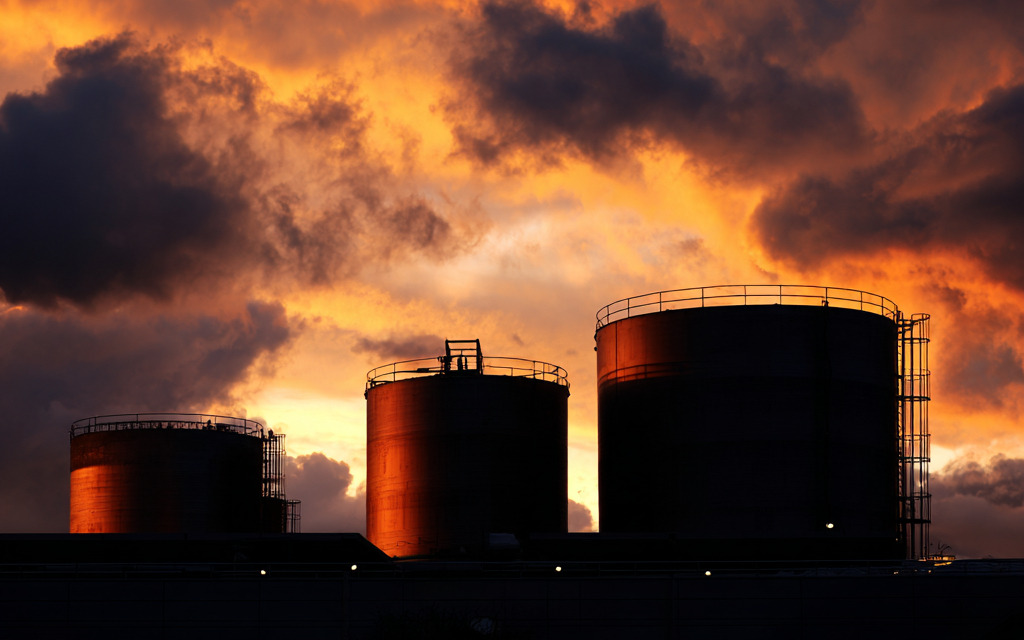Concentrated solar power (CSP) systems are important components of modern renewable energy infrastructure, with sodium nitrate serving as a fundamental element in molten salt thermal energy storage solutions. As a mixture component alongside potassium nitrate, sodium nitrate enables CSP facilities to store thermal energy for power generation during non-peak solar hours. However, the inherent sodium nitrate properties present challenges that directly impact system efficiency, maintenance costs, and long-term reliability.
Advanced ceramic manufacturing technology delivers engineered thermal energy storage solutions that directly solve these property-related limitations through innovative materials science. Industrial operators who understand sodium nitrate properties and their operational implications can make informed decisions about thermal management systems and implement advanced ceramic alternatives that enhance performance while reducing operational complexity.
Core Sodium Nitrate Properties and Thermal Characteristics
Sodium nitrate (NaNO₃) exhibits specific chemical and physical properties that define its performance in high-temperature industrial applications. The molecular structure combines sodium cations bonded to nitrate anions, creating a crystalline compound with distinctive thermal characteristics. Sodium nitrate melts at approximately 308°C (586°F), while molten salt mixtures with potassium nitrate operate within a temperature range of 260°C to 565°C (500°F to 1050°F). This temperature window creates both the functional range and operational limitations of sodium nitrate-based systems.
Key thermal properties include:
- Heat capacity enabling effective thermal energy storage through phase transitions
- Thermal conductivity characteristics suitable for heat transfer applications
- Crystalline structure that undergoes predictable changes during heating and cooling cycles
- Phase transition behavior from solid crystalline form to liquid molten state
Thermal Stability and Degradation Patterns
Long-term thermal cycling alters sodium nitrate properties over extended operational periods. Repeated heating and cooling cycles gradually change the molecular structure, reducing thermal transfer efficiency and compromising chemical stability. High temperatures trigger degradation mechanisms including nitrate compound decomposition, oxide by-product formation, and crystalline structure modifications that diminish heat transfer effectiveness. Sodium nitrate properties deteriorate through thermal cycling, causing system efficiency to decline over time. This degradation requires periodic monitoring, chemical analysis, and eventual replacement of molten salt systems to maintain optimal performance levels.
Operational Challenges of Sodium Nitrate Properties
Temperature limitations narrow operational windows, restricting system flexibility and increasing operational complexity. The 260°C to 565°C operational range demands precise temperature control to prevent solidification at the lower end and thermal degradation at elevated temperatures. These limitations constrain system design options and operational parameters.
Freezing risks create critical operational challenges, as sodium nitrate solidifies below the melting point, potentially blocking piping systems, storage tanks, and heat exchangers. Solidified salt damages equipment, triggers expensive maintenance interventions, and causes extended system downtime. The freezing point of approximately 260°C requires continuous heating systems to maintain liquid state.
Major operational challenges include:
- Corrosion potential with standard metals and alloys at elevated temperatures
- Infrastructure requirements for specialized insulated piping and heated storage systems
- Thermal degradation affecting heat transfer characteristics over time
- Continuous heating requirements to prevent solidification
- Equipment damage risks from salt crystallization in system components
Cost Implications of Property-Related Challenges
Sodium nitrate properties drive specialized infrastructure requirements that significantly increase capital and operational expenditures. High-temperature piping systems, insulated storage vessels, and corrosion-resistant materials command premium pricing compared to standard industrial equipment. Complex maintenance and operational demands require specialized technicians, regular system monitoring, and periodic salt replacement to address degradation issues. Continuous heating systems consume additional energy to prevent freezing, maintaining sodium nitrate above solidification temperature while reducing overall system efficiency and escalating energy costs.
Advanced Ceramic Solutions for Sodium Nitrate Systems
Engineered ceramic media overcomes molten salt limitations through advanced materials science that solves inherent sodium nitrate properties challenges. Modern ceramic materials deliver enhanced thermal stability across broader temperature ranges, eliminating narrow operational windows that constrain traditional systems. Ceramic thermal storage media maintains consistent performance characteristics through extended thermal cycling without experiencing degradation issues that plague chemical compounds.
Ceramic advantages over traditional sodium nitrate systems:
- Enhanced thermal stability across broader temperature ranges
- Corrosion resistance eliminating infrastructure degradation
- Improved operational reliability through consistent material properties
- Reduced maintenance requirements from thermal cycling resistance
- Extended system operational life compared to chemical-based solutions
High-Temperature Ceramic Media for Thermal Energy Storage
Engineers have developed specialized high-temperature ceramic media solutions specifically for thermal energy storage applications. This advanced ceramic technology eliminates operational limitations associated with sodium nitrate properties while delivering superior thermal performance characteristics. American-manufactured ceramic media guarantees consistent material properties and provides reliable supply chain support for critical energy infrastructure applications.
Technical consultation services for CSP system optimization harness decades of experience in high-temperature applications and ceramic engineering expertise. Professional technical teams analyze thermal storage requirements, develop system design recommendations, and create performance optimization strategies tailored to specific operational parameters. Research and development initiatives advance ceramic technology for renewable energy applications through ongoing innovation in thermal management solutions. This commitment to technological advancement drives continuous improvement in thermal storage capabilities and operational efficiency.
Ready to Overcome Sodium Nitrate Limitations?
Sodium nitrate properties create inherent challenges in thermal energy storage applications, including temperature limitations, freezing risks, corrosion potential, and degradation over time. These property-related issues generate operational complexity and increase costs for CSP systems. Advanced ceramic solutions solve these fundamental challenges through engineered materials that deliver superior thermal stability, broader operational ranges, and enhanced reliability. Technical teams can explore how ceramic thermal storage solutions optimize CSP system performance while reducing operational complexity and maintenance requirements.
Transforming Industries Through Ceramic Innovation
CARBO Ceramics has pioneered ceramic technology innovation since 1979, transforming how industries approach complex manufacturing challenges. What began as a single proppant production facility has evolved into a ceramic solutions provider serving energy, foundry, mining, and renewable energy sectors worldwide. Four decades of experience have established the company as the industry leader in engineered ceramic media, with manufacturing facilities strategically positioned across the United States to serve global clientele efficiently.
Worker safety and environmental responsibility drive every aspect of manufacturing processes and product development. Advanced ceramic solutions directly address critical health and safety challenges, including eliminating respirable silica dust exposure in foundry operations and reducing hazardous material handling in thermal energy systems. By replacing traditional materials with engineered ceramics, customers create safer work environments while maintaining superior operational performance.
Technical expertise centers on understanding and solving specific operational challenges customers face daily. Whether addressing thermal cycling limitations in energy storage systems, improving casting quality in foundry operations, or enhancing grinding efficiency in mining applications, engineered ceramic solutions deliver measurable performance improvements. A diverse team of 15 nationalities brings unique perspectives to problem-solving, enabling innovative approaches that traditional materials cannot match. Each solution includes technical support and ongoing consultation to ensure optimal implementation and performance.
Frequently Asked Questions
How do CARBO’s ceramic solutions address sodium nitrate limitations?
CARBO’s ceramic media operates across broader temperature ranges without freezing risks or chemical degradation. Our materials are inherently corrosion-resistant and maintain consistent thermal properties through extended cycling. This eliminates the need for continuous heating systems and specialized corrosion-resistant infrastructure.
What chemical properties make sodium nitrate challenging for thermal storage applications?
Sodium nitrate’s specific gravity and vapor density change significantly with temperature, affecting system design requirements. The material’s chemical properties include oxidizing behavior that can accelerate corrosion of system components. Thermal cycling also causes chemical degradation that reduces heat transfer efficiency over time.
Can ceramic thermal storage systems operate at higher temperatures than molten salt?
Yes, CARBO’s ceramic solutions can operate at higher temperatures than traditional sodium nitrate systems without degradation. This expanded temperature range improves thermal efficiency and system flexibility. Higher operating temperatures also enable better integration with various heat sources and improved energy conversion rates.perations, ceramic manufacturing allows for complete control over product specifications and quality.

